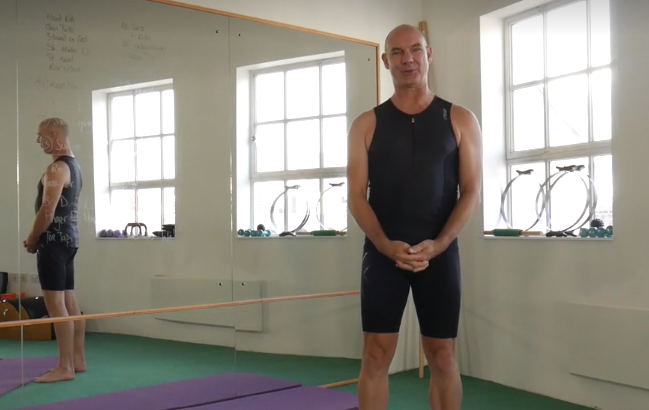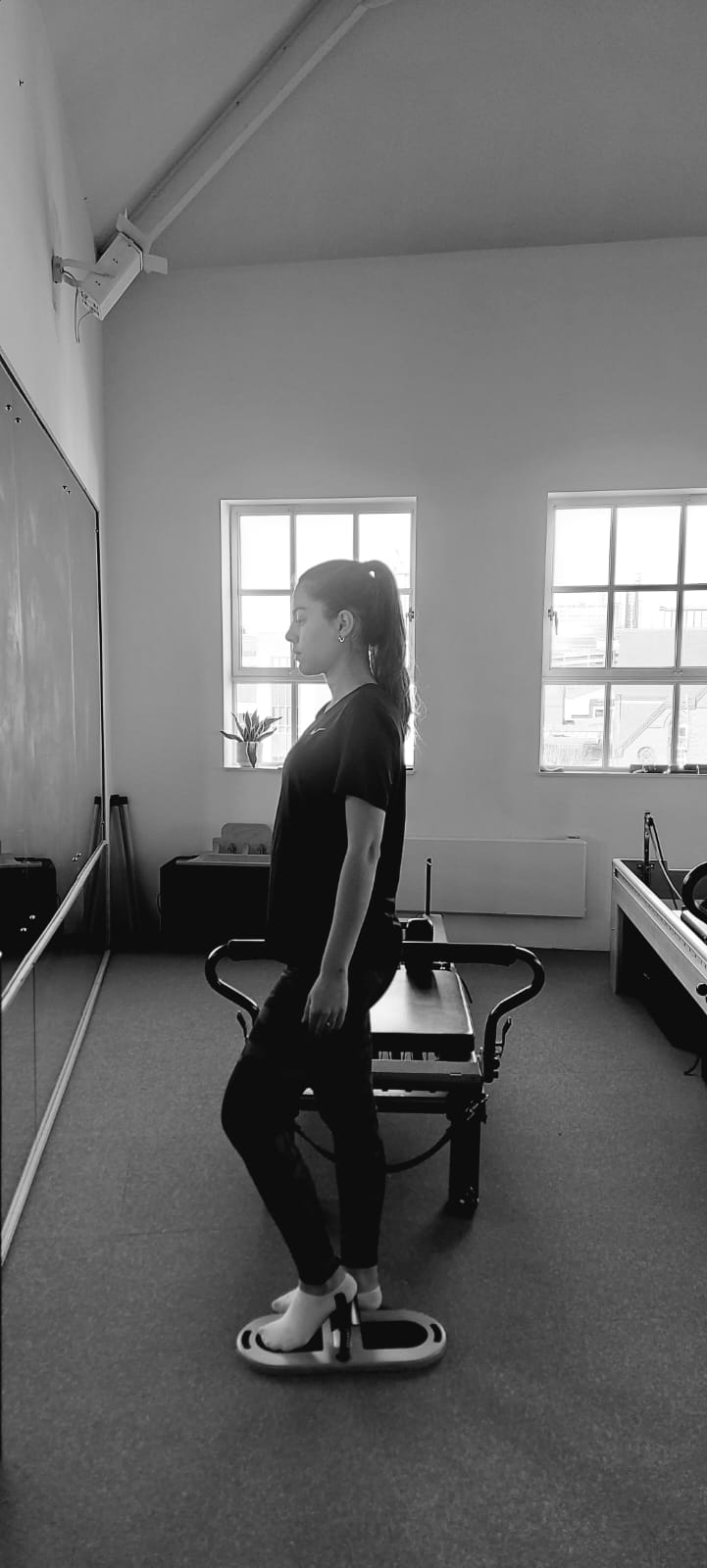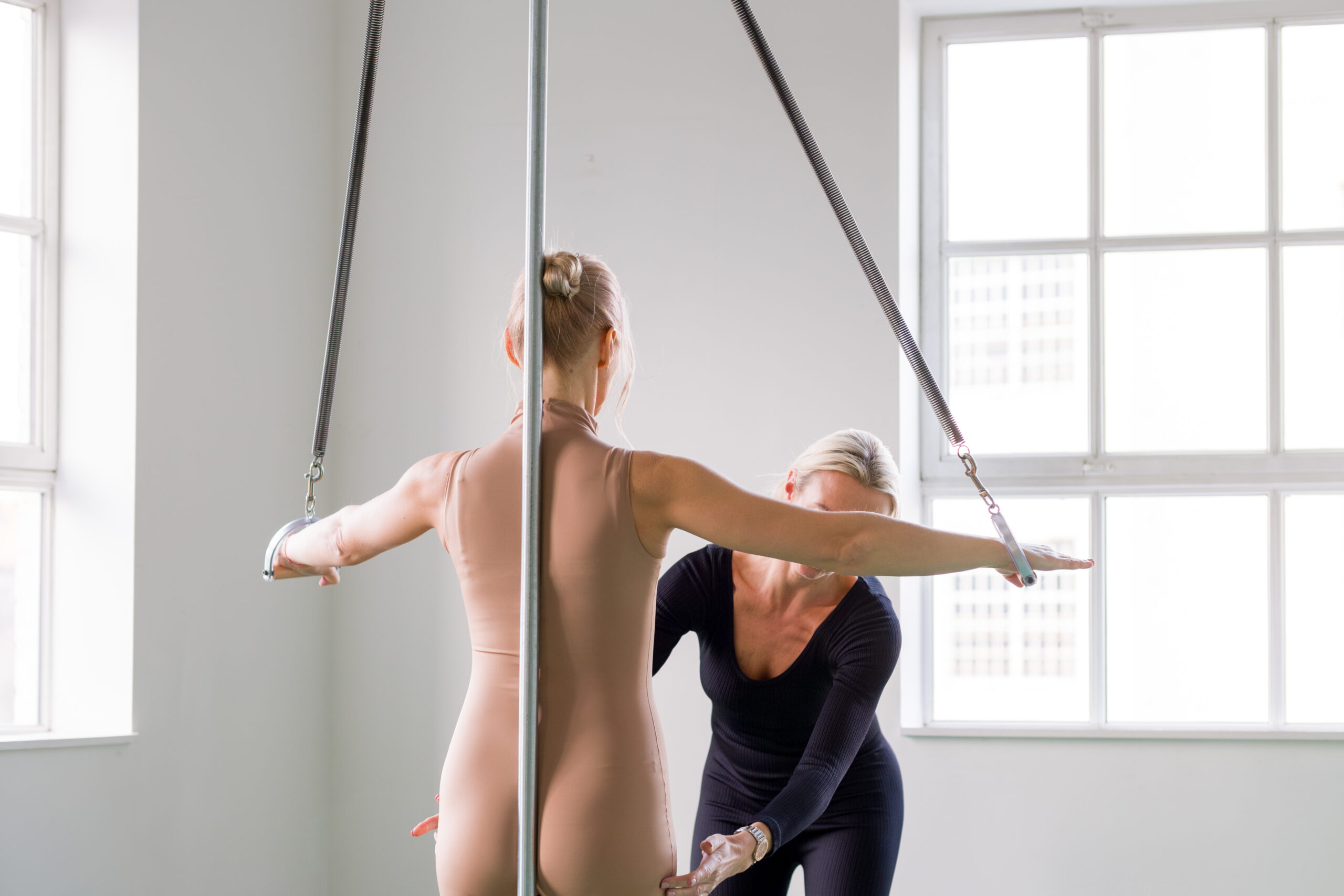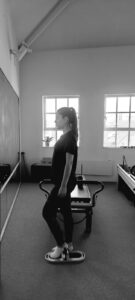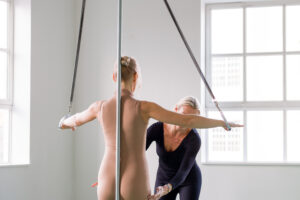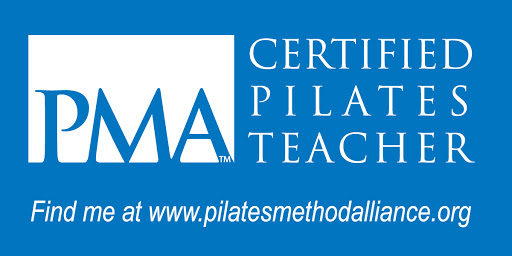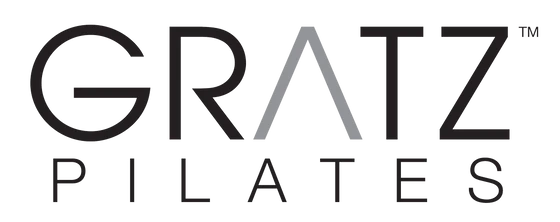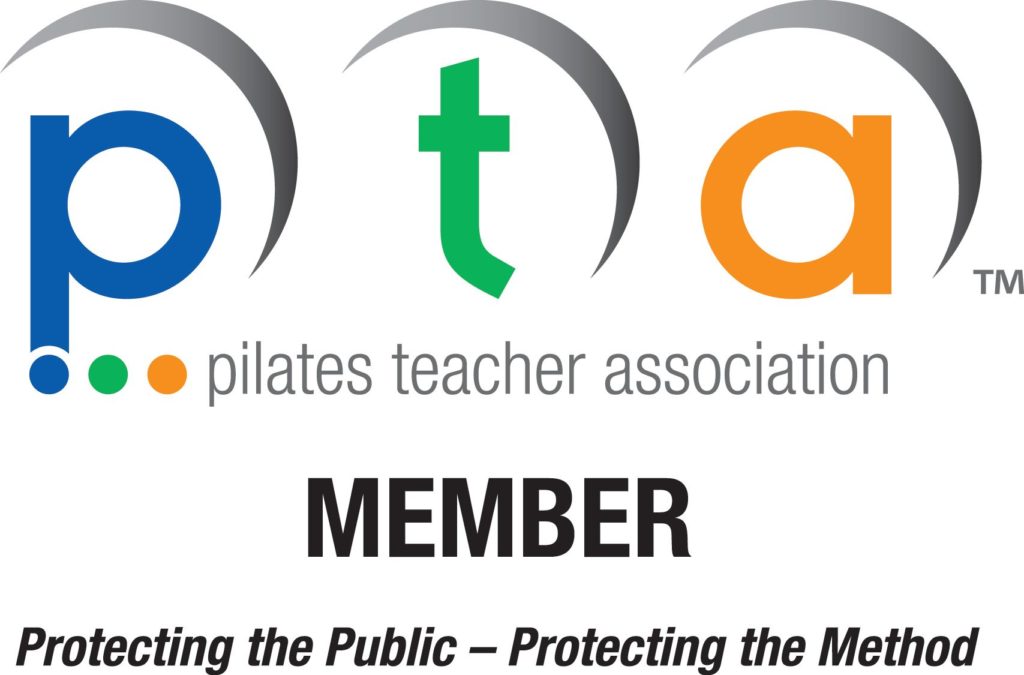Foundations: Alignment of Lower Back and Pelvis
Quick Intro: “Neutral Position” of the lower back and pelvis …
Poor posture means that we are out of alignment. The body works best to stabilise and support the pelvis when we are properly aligned or in “neutral position”. The orientation of the pelvis affects the shape of the spine above it and the rotation of the legs below!

What is it? What’s it good for?
🌟 First and most importantly:
- This is not a fixed position.
- It is a dynamic idea.
- Our bodies are in constant motion.
🌟 We are constantly moving in and out of “neutral position” as we walk, swim, run and reach up into the kitchen cupboards. We constantly shift our weight as we sit, lie and sleep. We are living beings and it is impossible to be totally motionless for any length of time.
🌟 As you try these awareness raising exercises you’ll notice that the “neutral position” feels totally different in standing, sitting, lying on our backs sides and front! Indeed, we move as the earth spins! (thank you Julie Driver!)
🌟 Most research has focussed on the pelvis in standing positions. The action of gravity on our bodies affects our neutral position in all lying positions.
🌟 All things being equal, when standing or sitting in a “neutral pelvis” position, the action of gravity on the body leads to a balanced engagement of all the muscles and tension in fascia in and around the lower back, abdomen and pelvis.
🌟 Unequal stresses on the spine can cause injury and pain in the lower back.
🌟 The starting position of each exercise is part of the exercise! It’s not a “resting” position between repetitions. In fact, the starting position can be more difficult to achieve than the exercise itself. It’s one of the things that makes Pilates truly special and unique. Each and every exercise has a “set up” – a starting position that we leave from as we perform the exercise and return to after having performed the exercise.
🌟 Many exercises (n all positions) will challenge and therefore strengthen your neutral position. Maintaining your neutral curves of the spine as you dynamically move in and out of the “neutral position” will help you to develop balanced core strength and will integrate the limbs into the core or centre.
[/vc_column_text][vc_empty_space][vc_video link=”https://vimeo.com/312361541″][vc_empty_space][vc_column_text]
The “how tos” …
There are two ways that we can use to find our neutral position: feeling muscle activation or connection and by using bony prominences of the pelvis. Both are equally valid – experiment with each and use whichever works for you at whatever time.
… using muscle tension
🌟 learn to notice and feel how the engagement of your back and abdomen changes as you move through “neutral” into posterior and anterior tilt of the pelvis (forwards and backwards)
… using your “bony bits”
🌟 Place the heel of each hand on the Hip Bone (Anterior Superior Iliac Crest) at the front of your pelvis. Now place your fingertips on the pubic bone. Notice the orientation of this notional triangle (with the point facing down in standing).
🌟 In standing, this triangle should be at right angles to the floor. The hip bones directly over the pubic bone.
Imagery
🌟 Imagine that your pelvis is a bowl of water. try to keep the bowl level so as not to spill any!
elvis
Any Questions?
Ask away – I love to help! Click here for the Contact Page 🙂 – or leave a comment at the bottom of the post – see you there…

